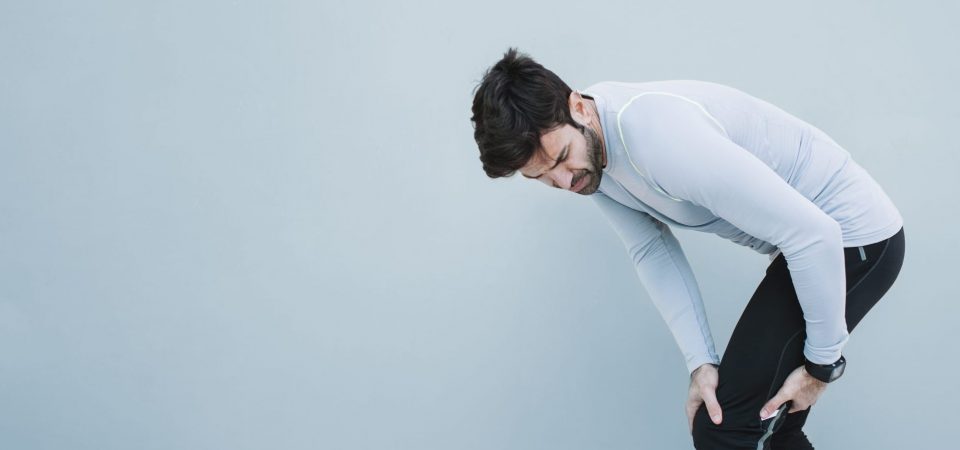Hip osteoarthritis is a chronic disease affecting the joint and surrounding musculature resulting in structural and functional failure of the hip joint and causing pain, disability, and reduced quality of life.
Osteoarthritis is a leading cause of musculoskeletal pain and disability. A recent Global Burden of Diseases study, published in The Lancet in 2012, found that, of the musculoskeletal conditions, the burden associated with osteoarthritis is amongst the most rapidly increasing. Hip osteoarthritis is extremely debilitating for affected individuals. Pain is a dominant symptom, becoming persistent and more limiting as disease progresses. Patients with hip osteoarthritis also report difficulty with functional activities such as walking, driving, stair-climbing, gardening, and housekeeping as well as higher levels of anxiety and depression. Work productivity is affected with greater absenteeism, while fatigue and sleep problems are common. Furthermore, people with osteoarthritis typically suffer from a range of co-morbid diseases that further increases their likelihood of poor physical function.
Hip osteoarthritis also imposes a substantial economic burden, with most costs related to a range of conservative and surgical treatments, lost productivity, and substantial loss of quality of life. In particular, rates of costly hip joint replacement surgery for advanced disease are increasing including a shift in the demographic of recipients to younger patients. Clearly hip osteoarthritis is associated with considerable individual and societal burden and, given that there is currently no cure for the disease, treatments that reduce symptoms and slow functional decline are needed.
A recent technological breakthrough has allowed patients with hip osteoarthritis to achieve a remarkable improvement in their lifestyle and improve voluntary coordination of muscle movements. Without the KeegoTM device, patients had a difficult time moving their legs, had to stop when taking stairs from exhaustion, had a difficult time picking up objects from the floor, exerted strenuous effort, when getting up from a chair to walk down the hall. Same patients wearing a KeegoTM device were able to achieve healthy movement patterns during several clinical trials. These same patients were able to walk about quicker, had no trouble walking up or down the stairs, picked up objects from the floor with little effort, and were able to easily sit down, and get up from the seat without propping themselves up with their hands.
If you have been affected by Hip Ostearthritis, please see a specialist at the PRI clinic. This multi-disciplinary team is specifically trained to properly introduce your body to the KeegoTM device, which will allow your body to achieve a remarkable improvement in your lifestyle.


